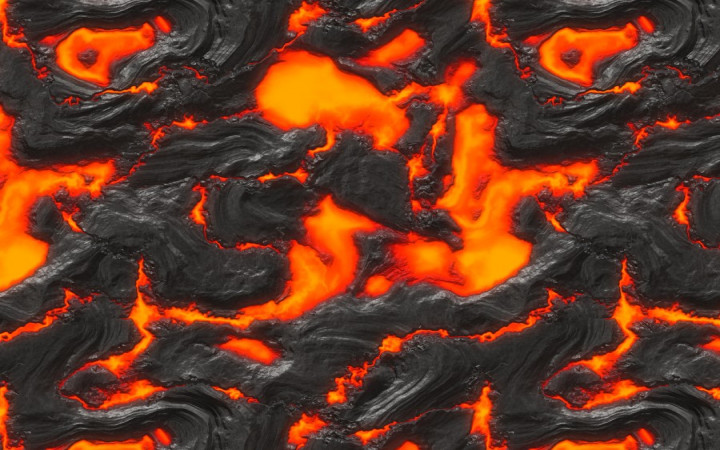Have you ever seen a volcano explode? If so, we hope you weren't anywhere near it! Volcanic eruptions can be catastrophic events that cover the landscape for miles in hot lava and ash. If you're like most people, you've probably only seen video footage of previous volcanic eruptions.
If you had the chance to explore the inside of a volcano, would you do it? What do you think you'd find? Not all volcanoes are active. In fact, most of them are dormant and present no particular danger of eruption anytime in the near future.
Seismologists and other scientists often study these dormant volcanoes in order to learn more about how they work. For example, scientists in Iceland have descended into the heart of some volcanoes to explore their magma chambers to see what they're made of and how they contributed to past eruptions.
Magma is a mixture of molten and semi-molten rock found below Earth's surface. Most magma consists of four types of materials: liquid rock, crystallized minerals, solid pieces of rock, and dissolved gases.
When magma escapes through a volcano onto Earth's surface, scientists call it lava. When it cools enough to turn back into a solid, scientists call it igneous rock. When it's under Earth's surface, it exists as a dynamic, fluid substance that ranges in temperature from approximately 1,300º F to almost 2,400º F.
Magma tends to be less dense than the layers of rock it forms in. As a result, it moves upward toward Earth's surface via any path it can find. When it reaches an area where rock layers don't allow an upward path, it will collect in a large pool that scientists call a magma chamber.
For a magma chamber to form, the right conditions have to exist, including particular temperatures, pressures, and structural formations. Magma chambers are under such great pressure that, over time, they can eventually break the rock surrounding the chamber. When this happens, magma can find its way to the surface via a volcanic eruption. This explains why many volcanoes sit above magma chambers.
Many magma chambers exist deep under Earth's surface, making them extremely hard to detect. Most of the magma chambers scientists have identified are very close to Earth's surface. For example, magma chambers under active volcanoes might be as close as 1-5 miles below Earth's surface. While this sounds very deep, it's extremely close in geological terms, especially when you think about the distance to Earth's core.
The magma in a magma chamber usually exists in several layers, based upon the density of the materials composing the lava. The least-dense magma rises to the top, while the denser magma settles toward the bottom of the magma chamber.
If underground shifts in pressure increase the pressure on a magma chamber, the magma chamber may fracture and lead to a volcanic eruption. Sometimes, the remaining magma cools and crystallizes into an igneous body of granite called a pluton. Extremely violent eruptions can empty so much of the magma that the chamber collapses, forming a caldera.




